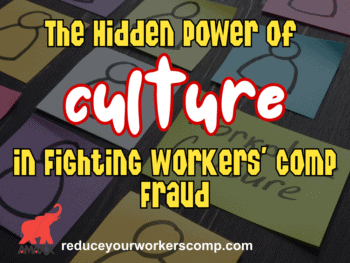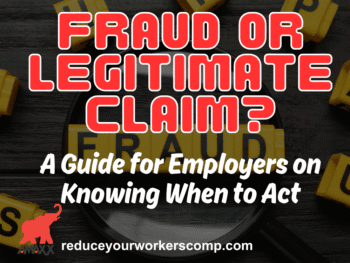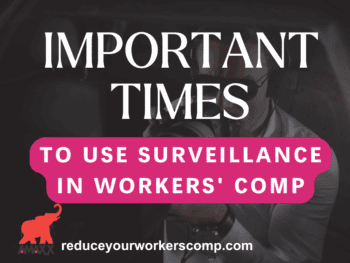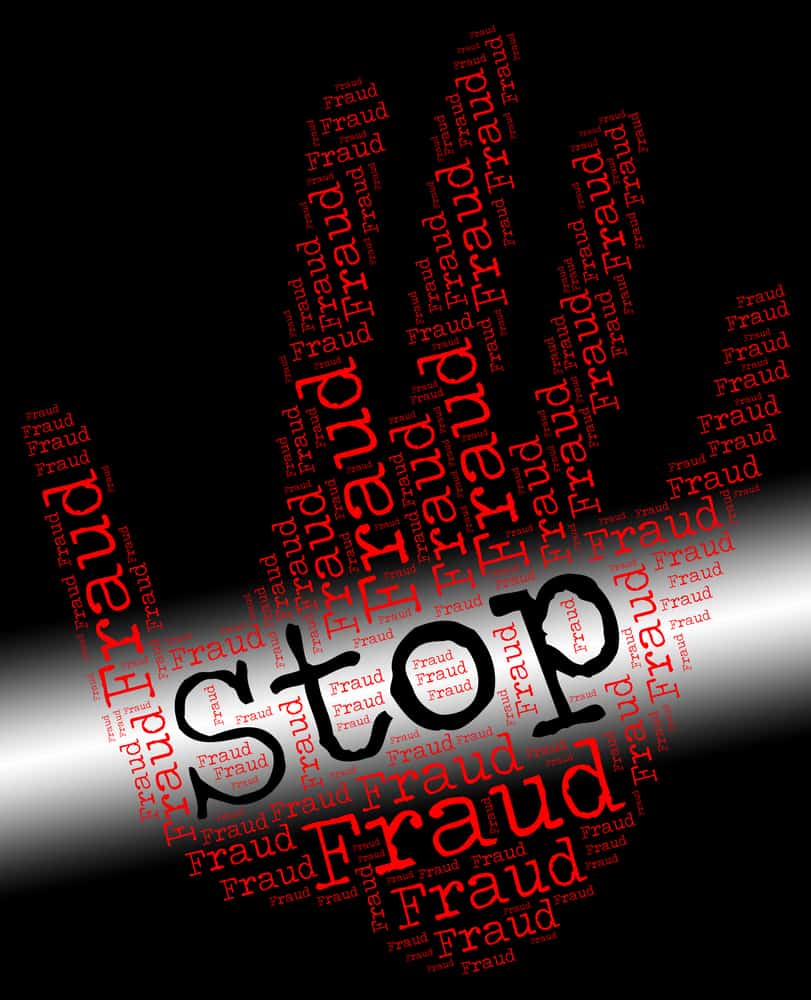
Social Media Use in the United States
Since the inception of platforms such as MySpace.com, Americans have been significant social media consumers. There are now many prominent platforms that allow people to post photos and share information at the touch of a screen on a smartphone – Facebook, X – formerly known as Twitter, and TikTok, to name a few.
Social media has changed rapidly and has changed how people communicate and share ideas:
- Photos;
- Videos;
- Information (politics, employment, etc.);
- Likes/Dislikes and Memes;
- Happenings and Life Events; and
- Advice/Opinions …endless things.
People of all generations also use social media platforms.
Click Link to Access Free PDF Download
“The 5Cs to Taking a Bulletproof Injured Worker Recorded Statement”
What Happens in Las Vegas Stays on Facebook
Social media can be a helpful tool when investigating a workers’ compensation claim for many reasons. In the Technological Age, more and more people are using multiple platforms at any time. The bottom line is it remains a popular means of communication. The “so what” that should intrigue all members of the claim management team is that it leaves a “paper trail” – a more permanent record.
For example, a picture posted on Facebook or any other social media platform.. The user who was recently injured at work then deletes a picture of them engaging in an activity they claim causes pain. Problem solved, right? NO!
Chances are that the picture will remain on the platform for perpetuity as it is stored in the user’s profile. That same picture could be shared and re-shared countless times. The bottom line is that the picture showing the injured employee in Las Vegas will stay on social media forever.
Hitting the Jackpot in Claim Investigations
Social media presents a gold mine for members of the claim management team. It presents a cost-effective means of obtaining background information on an employee and verifying their integrity and honesty. This is because the information can be accessed from the confines of the claim handler’s desk and done for free.
- Monitor post-injury activities: People post just about anything on social media. This includes where they go and what they do. This is an opportunity to see what the person is doing and if it matches what they say in a recorded statement or deposition.
- Verify physical limitations: While it does not happen all the time, there are many documented instances of people claiming severe injuries that engage in recreational activities that far exceed their stated limitations.
The bottom line is social media can be used to test the credibility of the party or witness and use it for witness impeachment at a hearing or trial.
Not So Fast! Ethics and Social Media
Members of the claim management team are bound by the rules that govern their jurisdictional licenses. Other considerations should include whether the defense counsel is unethically using information obtained via social media. Here is a snapshot of guidelines from around the United States
- UNETHICAL: Using third person to contact witnesses to obtain information – Philadelphia Bar Association Professional Guidance Comm., Op. 2009-02 (2009);
- ETHICAL: Obtaining information concerning pending litigation by accessing public pages of another party’s social networking website – New York State Bar Association Commission on Professional Ethics, Op. 843 (2010); and
- UNETHICAL: Contacting someone employed by a company represented via social media – San Diego Bar Association, Op. 2011-2 (2011).
Whether a claim handler or defense attorney should, at least, search social media sites ethically to obtain information is unresolved. It is worth noting that in Griffin v. Maryland, 192 Md. App. 518, 535 (2010), the Court stated, “It should now be a matter of professional competence for attorneys to take the time to investigate social networking sites.”
Conclusions
Social media should be a part of investigating every workers’ compensation claim. It presents a cheap and effective tool to investigate claims. There are limitations that all interested stakeholders should consider and be aware of. Now is the time to incorporate a search of social media when a new claim arrives on your desk.

Contact: mstack@reduceyourworkerscomp.com.
Workers’ Comp Roundup Blog: http://blog.reduceyourworkerscomp.com/
©2023 Amaxx LLC. All rights reserved under International Copyright Law.
Do not use this information without independent verification. All state laws vary. You should consult with your insurance broker, attorney, or qualified professional.















